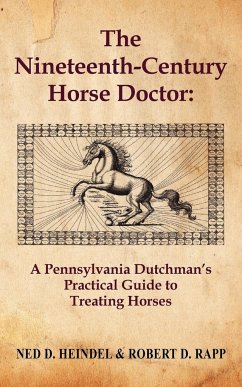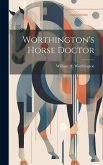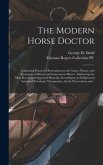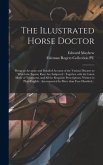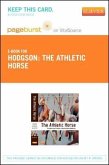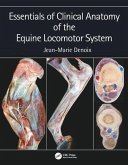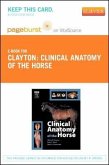"Im Winter ruht der Wagen, in Sommer der Schlitten, aber nie ruht das Pferd." ("The wagon rests in winter, the sleigh in summer, but the horse, never.") This old German proverb brings home the importance of the horse to the farmer in pre-industrial America. For these hard-pressed tillers of the soil in rural Pennsylvania, a horse was a prized possession; it provided transportation, motive power, companionship, and fertilizer. Few crises on a farm were more worrisome than an ailing horse. Just as every household had a "domestic physician" book packed with home remedies for human diseases, so most farmers owned a "Pferdartz" (horse doctor book) to care for their animals. These folk medical cures involved herbs, minerals, poultices, bleeding techniques, and even mystical incantations. Some were bizarre in the extreme. How to treat a mad dog bite? Press the bloody carcass of a freshly killed pigeon into the bite to absorb the poison. How to kill bot flies? Wash the horse with a suspension of gun powder and pepper in a mixture of rum and urine. In The Nineteenth Century Horse Doctor, Heindel and Rapp, two Pennsylvania German researchers in drug development and medical botany, translate and analyze over 100 veterinary recipes in a number of popular early 19th century Pferdartz from the Moravian and the Pennsylvania Dutch traditions.

